Table of content
Cooking pork heart can be both an adventure for the culinary enthusiast and a source of nutritious meals for health-conscious individuals. Often overlooked in modern cuisines, pork heart is a rich source of protein, iron, and various vitamins that contribute to overall health. However, preparing it correctly is crucial to ensure it tastes delicious while retaining its nutritional value. This article will guide you through the steps of selecting, preparing, and cooking pork heart in various ways that highlight its flavor and nutritional benefits.
Understanding Pork Heart: Nutrition and Benefits
Before diving into the cooking process, it’s essential to understand why pork heart is a valuable ingredient. It’s a lean meat, high in protein but low in fat, making it an excellent choice for those watching their weight or following a heart-healthy diet. Pork heart is also rich in iron, which is crucial for red blood cell production and energy levels, as well as vitamins B12 and B6, which support nervous system function and metabolism.
Selecting and Storing Pork Heart
The first step in preparing delicious and nutritious pork heart dishes is selecting fresh, high-quality meat. Look for pork heart that is firm to the touch, with a bright red color and minimal fat or blood clots. Avoid any that appear slimy or have an off odor.

Once you’ve purchased the pork heart, store it properly to maintain freshness. Wrap it tightly in plastic wrap or place it in an airtight container and refrigerate it immediately. Use it within one to two days for the best quality and flavor.
Preparing Pork Heart for Cooking
Before cooking, pork heart requires thorough cleaning and trimming. Begin by rinsing the heart under cold running water to remove any external blood or debris. Then, using a sharp knife, trim away any excess fat, sinew, or blood vessels. This step is crucial for a pleasant texture and flavor in your final dish.
Once cleaned, you can choose to cook the whole heart or cut it into smaller pieces, depending on your recipe. Slicing the heart into thin strips or cubes can make it easier to cook evenly and incorporate into various dishes.
Cooking Methods for Delicious Pork Heart
Stir-Frying
Stir-frying is a quick and easy way to cook pork heart, preserving its tender texture and infusing it with flavor. Start by slicing the heart into thin strips. Heat a small amount of oil in a wok or large skillet over medium-high heat. Add minced garlic, ginger, and any desired spices or vegetables (such as bell peppers, onions, or snap peas). Stir-fry for a minute or two until fragrant. Then, add the pork heart strips, stirring constantly until they turn brown and cooked through, about 3-4 minutes. Season with salt, pepper, and a splash of soy sauce or fish sauce for added flavor.
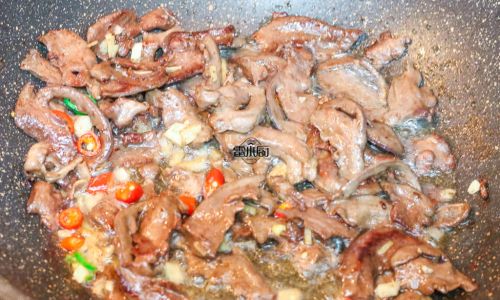
Slow Cooking
For a more tender and flavorful dish, consider slow cooking pork heart. Cut the heart into large chunks and place them in a slow cooker. Add chopped onions, carrots, celery, and garlic. Pour in a mixture of beef broth, red wine, and tomato paste. Season with salt, pepper, thyme, rosemary, and bay leaves. Cook on low for 6-8 hours, allowing the flavors to meld and the meat to become incredibly tender. Serve over mashed potatoes or rice for a hearty meal.
Grilling
Grilling pork heart adds a smoky, charred flavor that many people enjoy. Slice the heart into steaks or thick strips, and marinate in a mixture of olive oil, lemon juice, garlic, and your favorite herbs for at least an hour. Preheat your grill to medium-high heat and grill the pork heart slices for about 4-5 minutes per side, or until they reach your desired level of doneness. Serve with a fresh salad or grilled vegetables for a balanced meal.
Soup and Stew
Pork heart is also excellent in soups and stews, where its rich flavor can shine. In a large pot, sauté onions, carrots, celery, and garlic until softened. Add diced pork heart, along with chicken or vegetable broth, diced tomatoes, and your choice of spices (like paprika, cumin, or chili powder). Simmer for at least an hour, allowing the flavors to develop and the meat to become tender. This hearty dish is perfect for colder weather and can be served with crusty bread or a side of rice.
Seasoning and Flavor Enhancements
To elevate the taste of your pork heart dishes, don’t be afraid to experiment with various seasonings and flavorings. Acidic ingredients like lemon juice, vinegar, or tomatoes can help tenderize the meat and balance its rich flavor. Herbs and spices like rosemary, thyme, garlic, and paprika add depth and complexity. Additionally, incorporating complementary ingredients like mushrooms, olives, or capers can create sophisticated and satisfying meals.
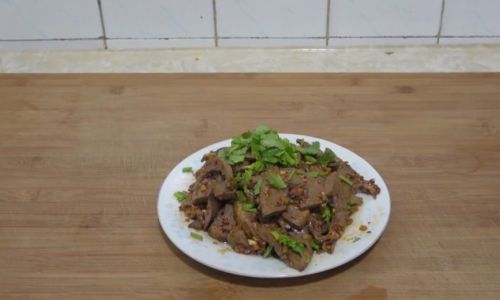
Serving Suggestions and Pairings
When serving pork heart, consider pairing it with sides that complement its flavor profile. Starchy sides like mashed potatoes, rice, or pasta can soak up delicious juices, while vegetables like roasted Brussels sprouts, sautéed spinach, or grilled zucchini provide a fresh, crisp contrast.
For beverages, a robust red wine or a crisp white wine with good acidity can enhance the meal’s flavors. Alternatively, a hearty beer or a light, refreshing cider can also make excellent pairings.
Conclusion
Cooking pork heart deliciously and nutritiously requires careful selection, proper preparation, and thoughtful seasoning. By exploring various cooking methods and flavor combinations, you can transform this often-overlooked ingredient into a series of satisfying and healthy meals. Whether you prefer quick stir-fries, slow-cooked stews, or grilled steaks, pork heart offers a nutritious and flavorful addition to your culinary repertoire. So, the next time you’re at the market, consider giving pork heart a try—your taste buds and body will thank you!


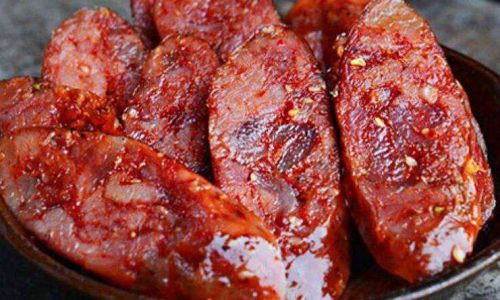

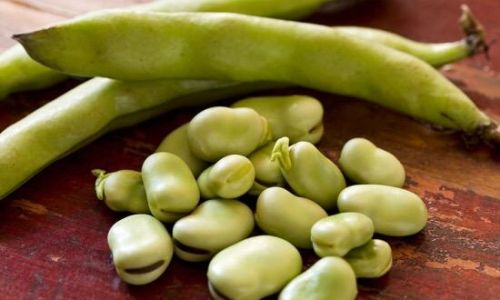
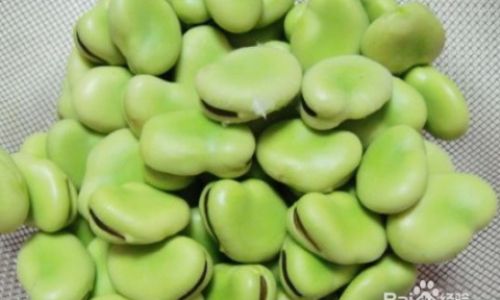
0 comments